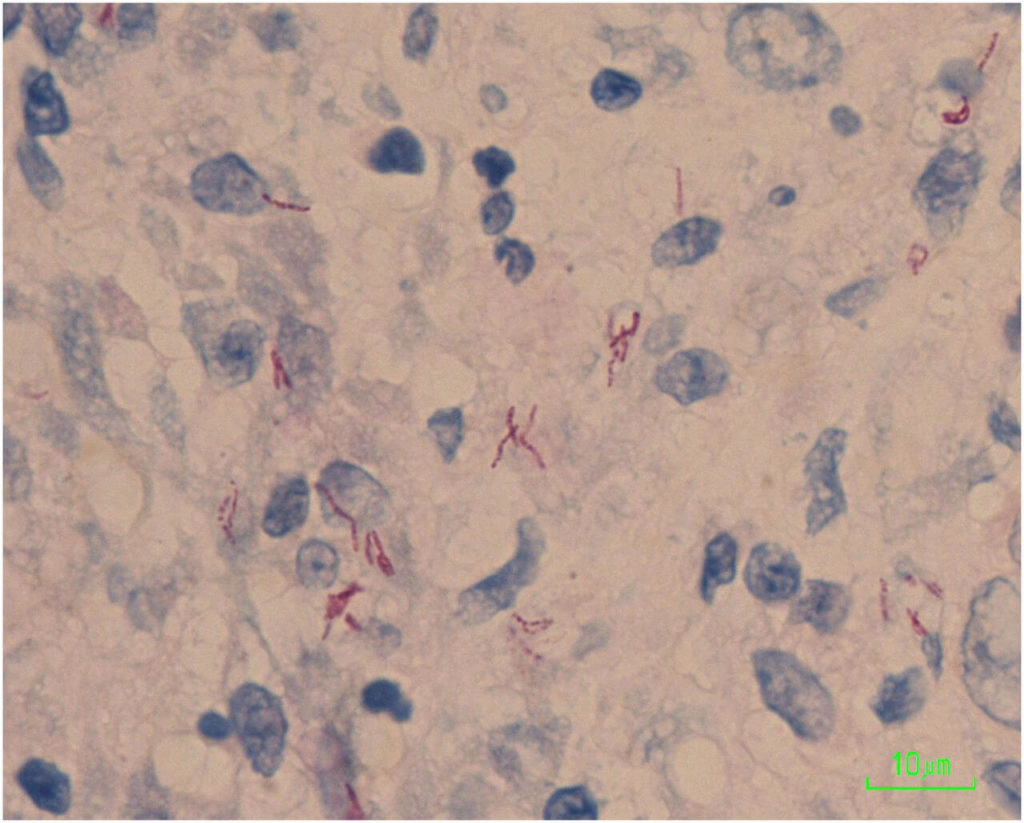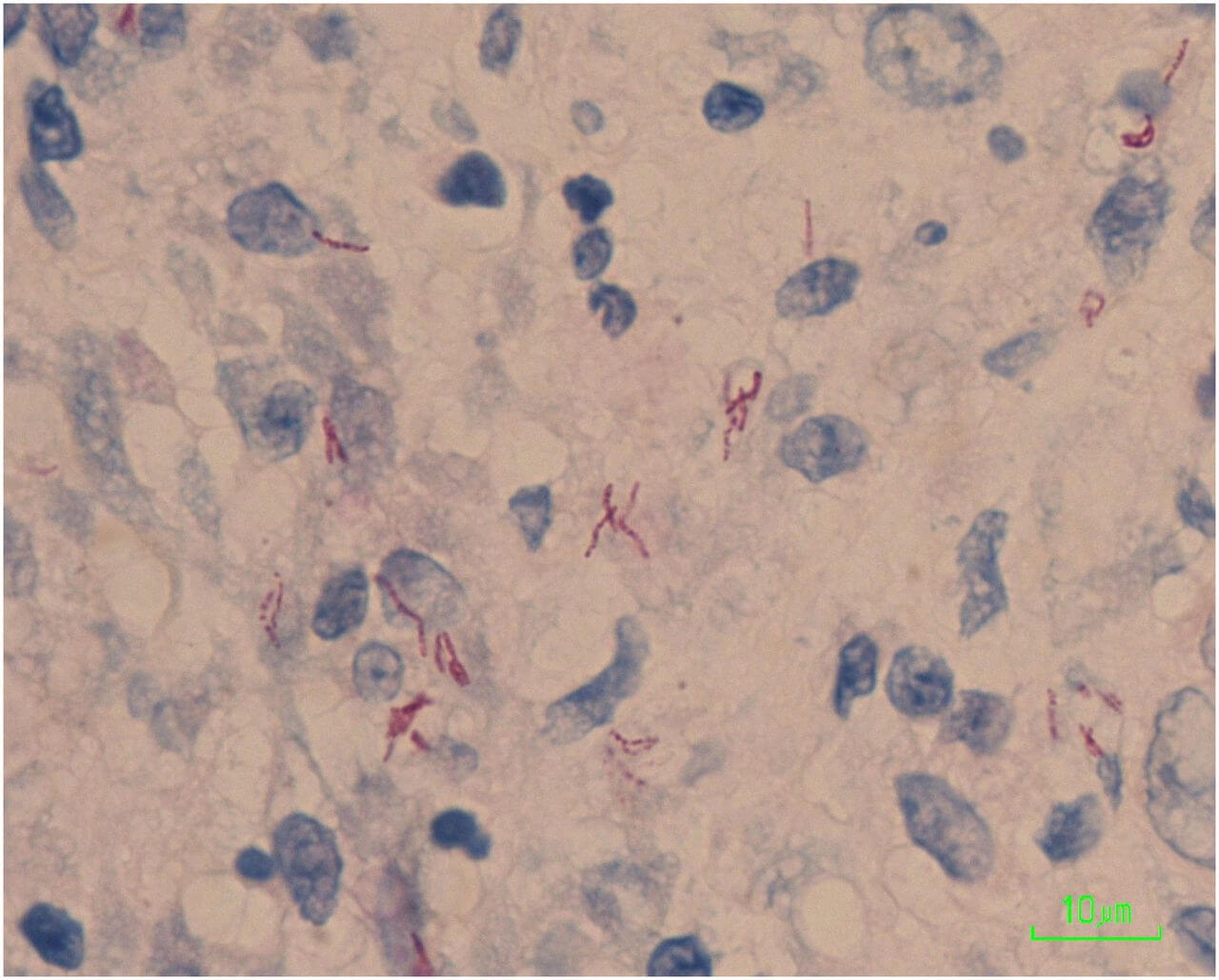Nontuberculous mycobacteria (NTM) are commonly distributed in our surroundings and the environment, including soil and water around us, and humans are constantly exposed to them.
These can even be found in our houses, in faucets and showerheads, for instance. However, since our lungs are robust and our immune systems are powerful, the majority of us do not get sick.
Patients With Nontuberculous Mycobacteria Who Are Older Are More Likely To Be Admitted To The Hospital
It is the role of such bacteria that keeps the body healthy and with a strong immune system that can counter attacks from various microorganisms every day. However, with age, this bacteria level also diminishes which leads to a poor immune system and one may need to get hospitalized also.

Individuals with weakened immune systems or damaged airways from illnesses like asthma, cystic fibrosis, or chronic obstructive pulmonary disease are at higher risk. NTM bacteria can colonize a person’s damaged lung tissue considerably more quickly. A specific strain is known as Mycobacterium avium complex, or MAC infects more than 80% of patients with NTM lung disease.
Postmenopausal women are also more susceptible to MAC infection for unknown reasons. Patrick Flume, M.D., a pulmonologist at the Medical University of South Carolina, got interested in NTM lung disease after noticing that 15 percent of the cystic fibrosis patients he saw had the illness. Flume began a monthly half-day clinic for these patients more than a decade ago, one among the first in the country.
As NTM became increasingly prevalent, the clinic grew in size and now operates on a regular basis.
NTM clinical trials are presently being conducted by Flume with support from the South Carolina Clinical & Translational Research Institute’s Research NEXUS. He also collaborates with NTM experts around the country to comprehend better the illness and the burden it places on people and the health care system.
Patients with NTM who are 65 or older seem to be at a higher risk of hospitalization, according to a study by Flume and Rebecca Prevots, Ph.D. of the National Institutes of Health (NIH). According to a new study published in the journal CHEST, people with NTM who have additional lung disorders are more likely to be hospitalized than those without.
But the study also demonstrated for the first time that individuals with NTM lung illness were hospitalized 20 percent more frequently and a median of 257 days earlier than their age- and sex-matched counterparts without the disease.
Flume also stated “Our study shows that we’re seeing a substantial burden on these patients and the health system as manifested by hospitalizations. So, it just gives us more evidence that we need to try and be better at identifying these patients and treating them earlier and more effectively.”
Prevots mentioned, “Knowing how often patients with this condition are hospitalized allows us to measure the economic and social impact of this condition on our communities and to advocate for early detection and better treatment as well as to further research on prevention strategies.”
Symptoms of NTM lung disease, such as persistent cough, exhaustion, fever, loss of weight, and sweats, often go undiagnosed for years because they are misdiagnosed or attributed to other conditions.
“By the time they come to us with a diagnosis, they’ve often been treated multiple times with antibiotics for respiratory symptoms before they finally figure out they’ve got MAC,” said Flume.
For several months after diagnosis, patients are placed on a schedule of three to four antibiotics and their sputum is cultured to see whether the infection has been eliminated. Even after the infection has been cleared, patients continue taking antibiotics for another year.
